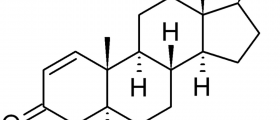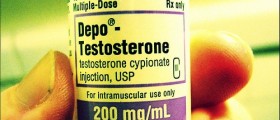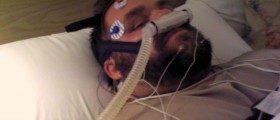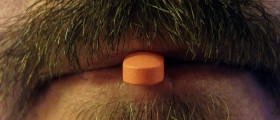
The condition can result from chemical exposure, but the exact chemical is almost impossible to detect from any medical test. Men with this condition who truly wish to become fathers sometimes are able to conceive with medical assistance. Many men have pockets of production of sperm in their testes, areas unaffected by the chemical or other factor that has largely taken away their ability to reproduce. The doctor may do repeated needle biopsies of the testes to look for mature sperm that can then be used to fertilize the female partner's egg. Because the quantities of sperm extracted in this way are literally microscopic, usually they can only be used for in vitro fertilization of the female partner's egg. They cannot be used for artificial insemination with hopes of success. In other instances, specialized reproductive medicine centers may be able to offer microsurgery which extracts the mature sperm without subjecting the prospective father to repeated needle biopsies of the testes.
These procedures enable men to conceive 20 to 40 per cent of the time. Medical treatment of a condition called varicocele, however, is much more likely to be successful. Variocele is a "blowout" of a vein in the testes. In variocele, the problem is not the testicular tissue itself, or conducting the sperm out of the testes into the prostate to be mixed with semen, but rather the provision of oxygen and nutrients to the Leydig cells that later become sperm. When variocele can be repaired, chances of conception are greatly increased. Recovery from the surgery usually takes about 3 months.

















Your thoughts on this
Loading...